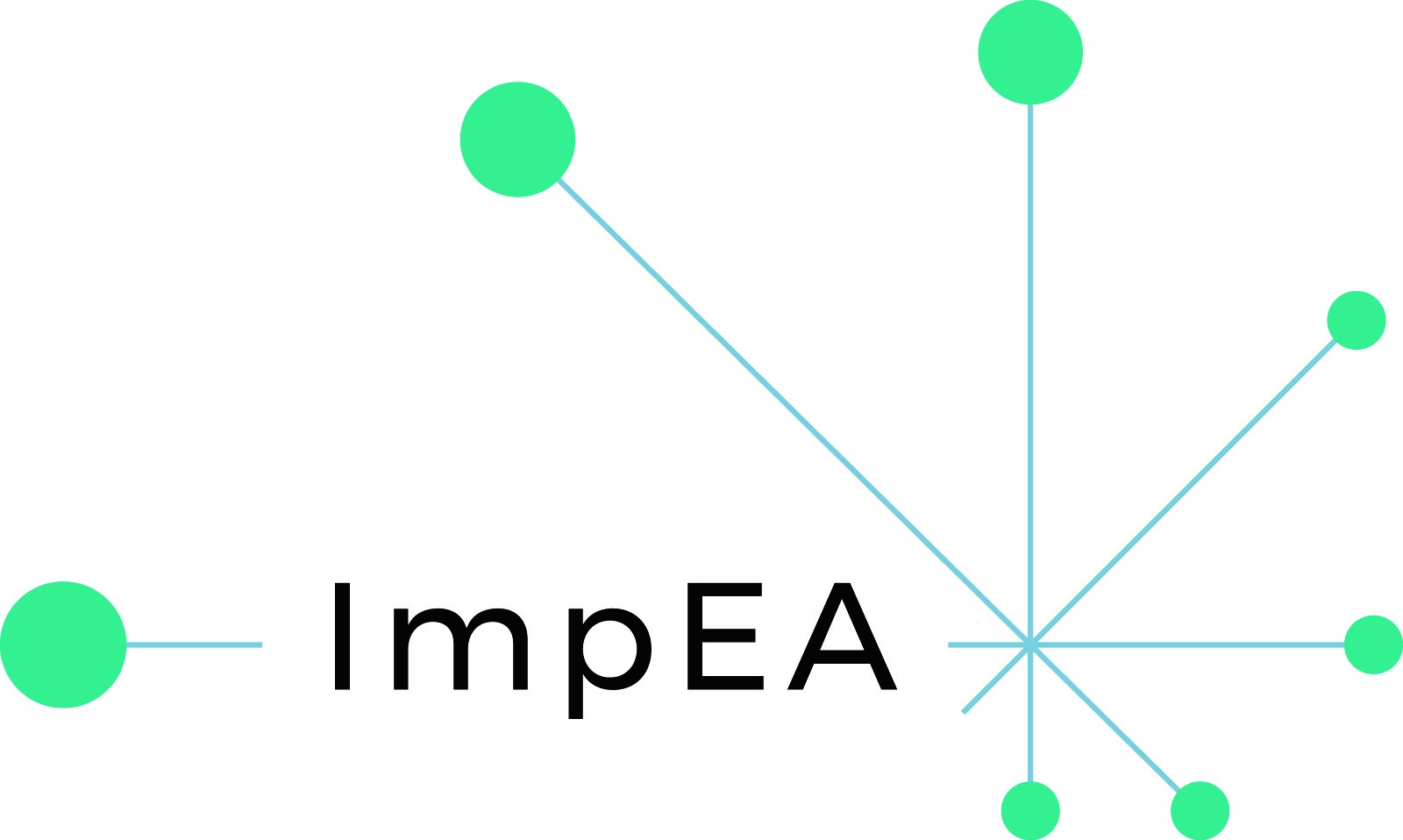Guide
for QA AgenciesEuropean Approach-based accreditation procedure brings different challenges for quality assurance agencies. Therefore, below guide aims to highlight the most important steps of such procedure. This video discusses the EA-based procedure in a nutshell
1
Verify the eligibility of the programme
European Approach provides the general definition of a joint programme. It says that a “joint programme is understood as an integrated curriculum coordinated and offered jointly by different higher education institutions from EHEA countries, and leading to double/multiple degrees or a joint degree”. Practical understanding of this definition is outlined in this video
Some of the EHEA countries introduced their own definitions of a joint programme. In some of them, there are also extra requirements for eligibility of a programme for accreditation according to the European Approach. Information regarding these requirements can be found in the EQAR’s knowledge base:

However, in some cases examining and confirming the eligibility of the joint programme might still be challenging. Therefore, it might be advised to consult a joint programme under consideration with official publications analysing these issues. Based on those analysis, some of the unique features of joint programmes are distinguished, i.e.:
- Integrated curriculum, which means that the programme has been developed by a joint effort of a consortium, which clearly identifiable contribution of all partners
- Common admission criteria and procedures, including a good practice of joint student recruitment and selection
- Common examination procedures, supported by joint regulations developed and implemented by all consortium partners, contrary to dual degree programmes, where it is not required
- Joint internal quality assurance, emphasising the added value coming from the jointness of the programme and where necessary, going beyond individual institution’s quality policy and practices
- Mandatory mobility of students and staff
Communication strategy
Successful accreditation procedure of a joint programme depends not only on the effective execution of each of its stages leading to a decision. It also depends of its efficient recognition by other interested quality assurance agencies, relevant for other consortium partners. Therefore, the quality assurance agency leading the procedure should initiate and facilitate exchange of key information about the procedure and its progression. When coordinating the EA-based procedure, the QA agency would be highly advised to:
- Inform other quality assurance agencies, indicated by the programme consortium about initiation of the accreditation procedure. It should include basic information such as:

- Names of all the consortium partners and their declared status
- Name of the programme
- Identification of degree awarded
- Number of ECTS awarded by the programme
- Information of fulfilment of national eligibility requirements for EA procedure provided by the programme
- Other relevant information provided by the consortium (i.e. qualifications awarded, regulated professions, etc.)
- Enable information exchange between interested agencies about possible circumstances identifies at this stage (i.e. regarding fulfilment of eligibility requirements, degree awarding rights, etc.) which might hinder future recognition of accreditation decision. This might be particularly important regarding programmes which formal status has not been confirmed otherwise (i.e. ex ante procedure, non-Erasmus Mundus programmes, etc.) or when there are known significant differences among legal environments of the consortium partners.
- Consider including local experts or observers nominated by the interested agency, should the site visit be carried out in respective country
- Provide transparent and sufficient documentation required for the recognition of the accreditation decision, preferable in English or other mutually agreed language (i.e. assessment report, final decision, other documents upon request)
- Hold at least one preparatory meeting with the representatives of the programme consortium in order to clarify all the necessary organisational and procedural arrangements, including scheduling the site visit and outlining its agenda. Such meeting might also be a good opportunity for ensuring further information flow, necessary for the process of recognition of the final accreditation decision
Panel composition
General principles of composition of the review panel are outlined in the video below
There are also few factors that should be taken into consideration when constructing a successful panel:
- International profile, including language proficiency – this includes not only a language in which the review is carried out, but at least two local languages in which the key documentation is written
- Prior training or debriefing – since the EA-based procedure is significantly different then the national procedures, it is important for each expert to understand its principles
- Clear division of tasks and roles – some experts might be familiar with mostly their national accreditation systems and roles in the panels, therefore, it is crucial to clearly explain what are the expectations towards each panel members and their role in the EA-based procedure

This video might also provide useful information regarding engagement of relevant stakeholders for the site visit
Organising site visit
The on-site visit should enable the review panel for effective completion of all the tasks necessary for development of the assessment report and making final decision. Therefore, the following factors should be taken into consideration:
1
Favourable timing
the panel would like to meet with as diverse students, faculty and staff representation as possible. Therefore, the date of the site should allow for convenient scheduling meetings with programme’s students, faculty and supporting staff. The participants of such meeting should represent, if applicable, different national and cultural backgrounds, study paths and progression, scientific and/or professional specializations, etc.
2
Location
the site visit carried out in a physical format should enable the panel to evaluate teaching and learning facilities most relevant for the programme’s aims, objectives and learning outcomes;
3
Enable online
live communication with other consortium partners, in particular programme management, faculty and supporting staff representatives. This is especially relevant when the time zones should be taken into account in the scheduling process.
